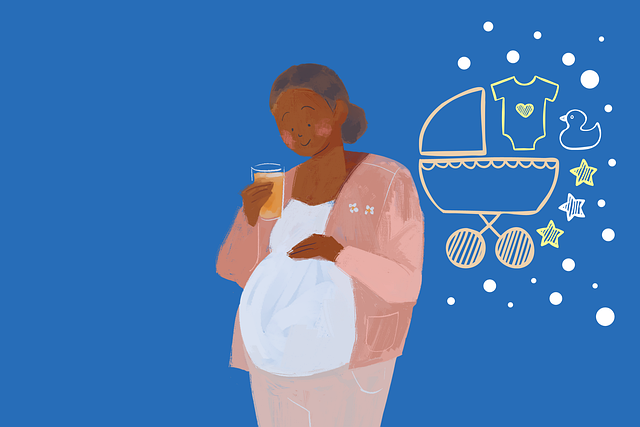I remember sitting in a doctor’s office as a young teen, the paper liner crinkling under my swinging feet. It was my first solo appointment, and I felt a mix of anxiety and curiosity. My gaze wandered over jars filled with cotton balls and popsicle sticks, and then I noticed her—a nurse with a figure that seemed flawless. I silently prayed, “Dear God, let me grow breasts like hers.”
In that moment, I was captivated by the image of perfection that hung on the wall—a poster of a headless woman with ideal proportions. I longed to have a body like hers.
I think back to a sunny day on the Florida coast, running alongside my mom, whose tall frame and vibrant curls filled me with admiration. As she splashed water around, I couldn’t help but compare myself to her. Why wasn’t my body as slender? I wanted to mirror her physique.
Then, I shifted my focus to my aunt, who was beautifully curvy. It was an epiphany; I realized that beauty comes in many shapes and sizes. My body frame didn’t need to fit a narrow definition of what was deemed attractive.
Back in the doctor’s office, I swung my legs, reflecting on how my two children had grown from within me, a living testament to my unique body. I confided in my doctor about my love for myself yet expressed frustration with my body. “That’s a great starting point,” she replied with encouragement.
I was apprehensive about admitting my struggles. I cherished who I was but felt overwhelmed, exhausted, and anxious—feelings that were part of the motherhood journey, not a reflection of my worth. I hadn’t exercised in months and wasn’t keen on dieting. I had been down that road before: counting calories, obsessing over weight, and depriving myself only to feel like I could never be “fixed.”
What shifted my perspective was motherhood itself. I became a new person with a body that was different, and I was determined to love myself so I could teach my children to do the same. This transformation didn’t happen overnight. Each step toward body positivity was significant:
- I engaged in physical activities that I had previously dismissed as impossible for my body.
- I let go of the obsession over shedding the “baby weight.”
- I proudly donned my swimsuit.
- I accepted that my body was ready for the beach just as it was.
- I learned to express that my body was not up for others’ opinions.
These lessons were acquired gradually, not in a single leap.
In my latest visit to the doctor, we discussed using exercise as a means to enhance my mental and physical well-being rather than as a weight loss strategy. I had misunderstood this concept for years, too focused on numbers rather than how my body felt.
The true essence of feeling good in my body is something only I—and with the guidance of my doctor—could define. Our discussion reinforced the notion that there is no singular ideal body type; my journey is unique to me. I am learning to love and honor my body, which doesn’t involve restrictive diets or obsessive behaviors. Instead, it’s about being mindful of what I eat and integrating regular exercise into my routine for the sake of my health and happiness.
My journey to self-acceptance continues as I navigate motherhood. I no longer fit into the same clothes I wore in high school, and my body—like my heart and mind—has evolved. I refuse to view my body as something that needs fixing. We all experience different chapters in motherhood, some heavy with stress and others filled with self-care. These experiences teach us how to nurture our bodies, not to conform to a size or shape, but to honor how our own bodies should feel. This is not giving up; it is about lifting ourselves up with love and appreciation.
For more insights into the journey of motherhood and self-acceptance, check out this resource on pregnancy and home insemination or explore other related topics on Modern Family Blog. Additionally, if you’re interested in family planning, consider looking into an at-home insemination kit for your journey.
Summary
This article reflects on the journey of self-love and acceptance, particularly in the context of motherhood. It emphasizes that bodies don’t need to be “fixed” but rather appreciated for their unique beauty. The author shares personal experiences, shifting from a focus on societal standards of beauty to embracing individuality and well-being. The narrative encourages readers to redefine their relationship with their bodies, practice self-care, and foster a positive body image.
